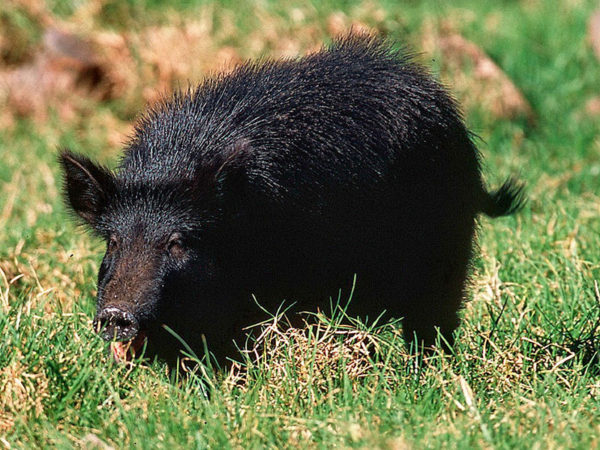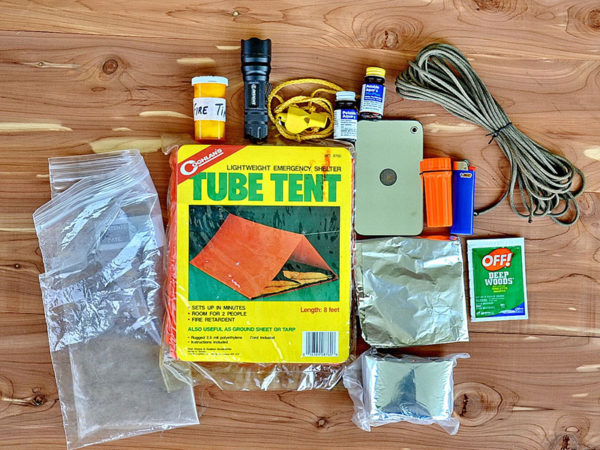Jenny was a pretty little girl. Her long blond hair hung down over shoulders and her eyes sparkled with life. They were as blue as the sky. She was a skinny little ball of energy, doing everything with enthusiasm.
At school the girls picked on her because she was poor and they called her a Tom boy as she chose to hang out with Chipmunk, Punky and me to talk about huntin’ and fishin’ rather than playing with the girls. The days she was in school, she was one of the brightest students in our class. But many days, especially during the rainy days of winter, she missed school because the old rundown house she lived in was down a long rough lane that would flood if there was much rain. She couldn’t get out to catch the school bus.
Jenny’s dad was a sharecropper who would become a full time trapper and woods roamer as soon as the crops were harvested in the fall. The old sharecropper house they called home was papered in old newspaper and heated with a large wood-burning cook stove. They were poor but Jenny never let that hold her back. She was a woods girl and proud of it.
One cold, windy, December day, Chipmunk, Punky and I were sitting on the sunny side of the school, out of the wind, during recess, planning a squirrel hunt for the following Saturday. It was to be a contest to see who could get the most squirrels.



